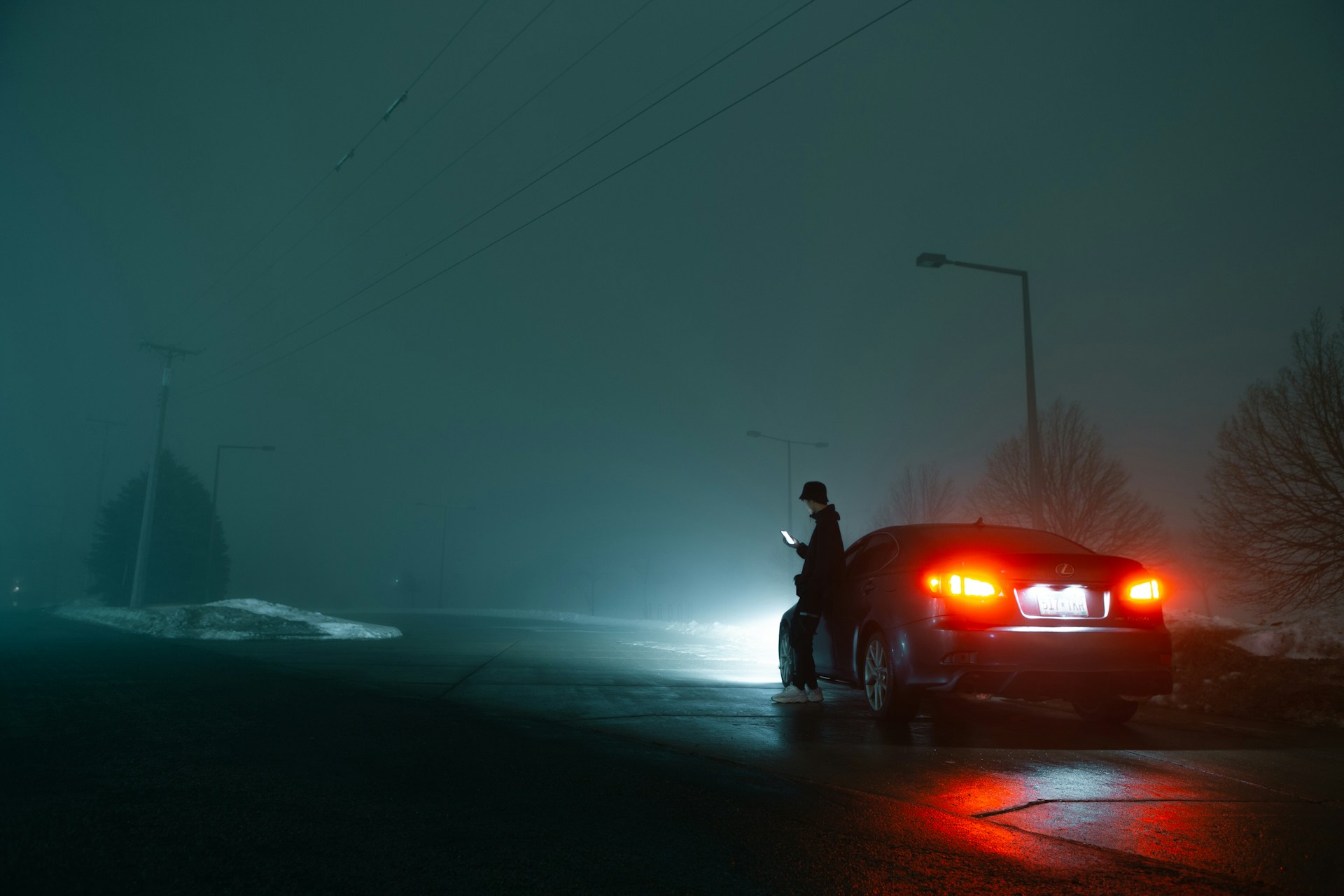
The growing number of car mishaps is a harsh reality Americans need to accept. These accidents claim thousands of lives in the US every year and injure an even bigger number of people. While many crashes are avoidable, some are inevitable, with factors like bad weather coming into play.
According to the Department of Transportation, 21% of car crashes in the US are attributed to inclement weather. Among these mishaps,18% occur during snow or sleet and 13% happen due to icy pavement.
Determining liability in such accidents is not easy as it involves an assessment of diverse factors. For example, road conditions, driver behavior, and the specific weather circumstances at the time of the crash can make a difference. However, the complexity should not dissuade victims from asking for the rightful compensation and justice they deserve.
In this article, we will explain how liability is established in road crashes during bad weather situations.
Nolo states that every driver has a duty of care when they are behind the wheel. This means driving safely and responsibly is an unsaid legal obligation for them. Legally, negligent persons are considered responsible for the crash. They are also financially liable for the harm caused to others.
Bad weather does not affect their duty of care. However, it may change the standard for what constitutes safe driving. For example, drivers are expected to adjust their speed when heavy rain or snow affects visibility and control. Failing to do it means they are negligent. Similarly, not using headlights in low visibility is negligence.
From a legal liability perspective, drivers are expected to follow safe driving practices based on current weather conditions. Additionally, violating traffic laws leads to automatic liability, regardless of the weather conditions.
When investigating weather-related accidents, several critical factors are considered. Unlike regular accidents, negligence may not be the only factor leading to the crash. The factors affecting liability assessment in these cases include:
Driver behavior is often the cause of car accidents. A study published in SpringerOpen states that human actions are the primary cause of 90-95% of traffic accidents. While the study was conducted in Egypt, the role of driver negligence cannot be undermined in accidents across the globe.
Several questions come into play in this context. Was the driver maintaining an optimal speed and following distance? Did they utilize headlights, turn signals, or hazard lights appropriately? Did they break traffic laws? The answers determine whether driver negligence in bad weather conditions was the sole factor causing the crash.
The driver may not always be responsible for mishaps; in some cases, the infrastructure could be the culprit. The roads and streets in your city may not be the safest, and standing water, ice, or poor drainage may worsen their condition. Similarly, road maintenance problems may contribute to crashes.
Unfortunately, authorities may not be watchful enough toward the perils on the city roads. Let us cite the example of Little Rock, Arkansas, to explain the point. Keith Law Group states that the state does not have a great reputation when it comes to road safety. In fact, it witnessed an uptick of 16% in traffic crashes over the first half of 2019.
According to the Arkansas-Democrat Gazette, the state has been awarded $32 million to improve the most dangerous streets in the state. Little Rock was allotted $25 million of this amount. Accidents may still happen due to driver negligence, bad roads, and maintenance issues. A Little Rock car accident attorney can help victims claim compensation whatever the cause of the mishap.
Safety is also dependent on the maintenance status of the vehicle. The New York Post states that Americans are actually doing more for the maintenance of their current vehicles. A survey showed that 73% of participants are making conscious decisions in this context. Rising costs drive this behavior because timely maintenance can prevent costly repairs and avert mishaps.
However, some drivers are still negligent when it comes to vehicle maintenance. If lack of maintenance causes an accident in bad weather, this counts as the driver’s fault, making them liable.
Evidence is the mainstay of accident claims, and it becomes even more important for establishing liability in accidents caused by bad weather. The key pieces of evidence in these cases comprise photos and videos of the scene and the injuries of the victims. Pictures of the vehicle damage and skid marks should also be taken.
Police reports detailing the incident and any cited violations are another vital piece of evidence. When weather is a factor in a mishap, weather reports help establish conditions. Testimonies from other drivers and bystanders can provide insights into the possible causes of the crash.
If both drivers are found to be negligent in such mishaps, liability may be apportioned based on each driver's degree of fault. In this case, compensation value could be reduced depending on the percentage of fault assigned to each party.
Yes, as a traffic crash victim, you can file a claim even if bad weather contributed to the accident. Your compensation, however, may depend on the ability to establish that the other driver was negligent despite the weather conditions.
Proving negligence in a weather-related car crash may be tricky. You will have to demonstrate that the other driver failed to take reasonable precautions they should have in the given weather conditions. Evidence such as traffic violations, witness statements, and documentation of road conditions can help you prove this.
Determining liability in weather-related car accidents is different from what is normally done. However, it is the only way to get the compensation you deserve as a victim. Following this guide will help you prove fault and protect your rights.